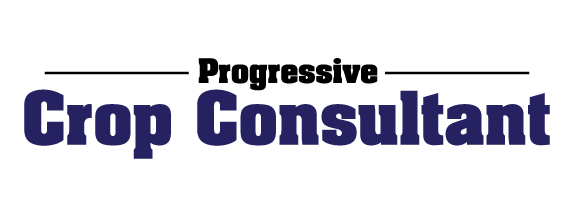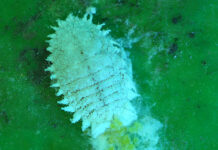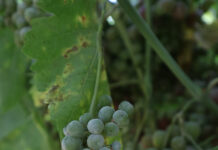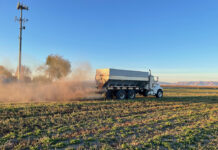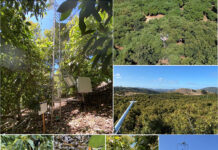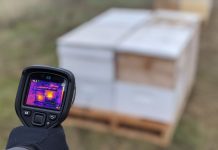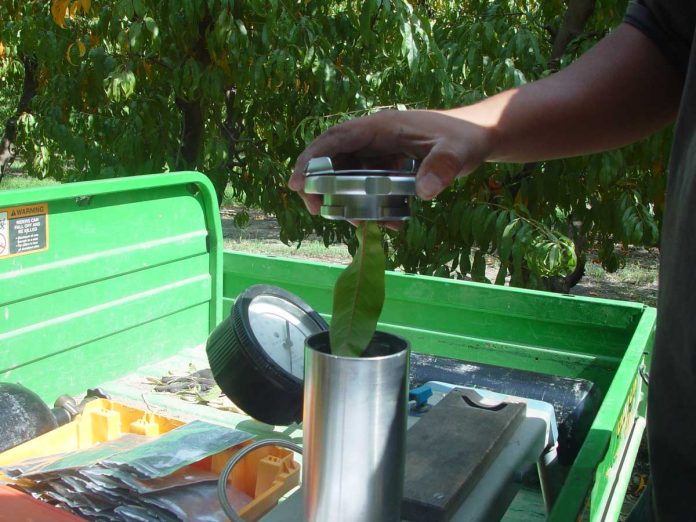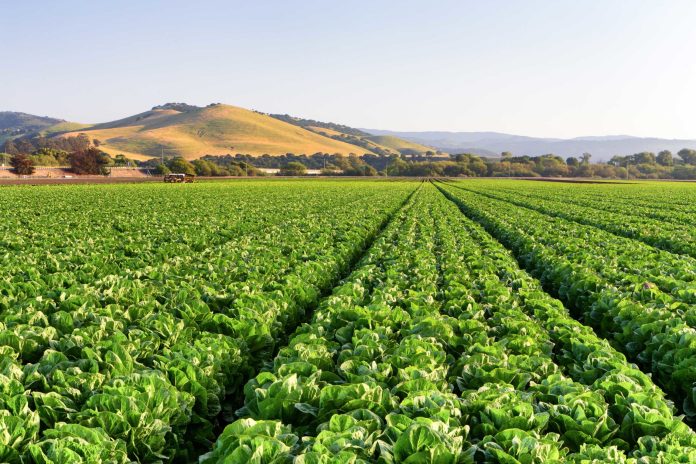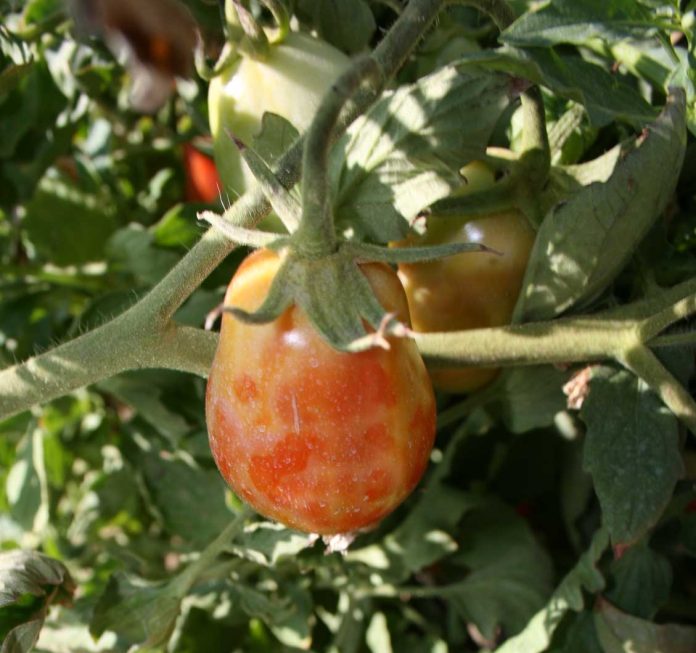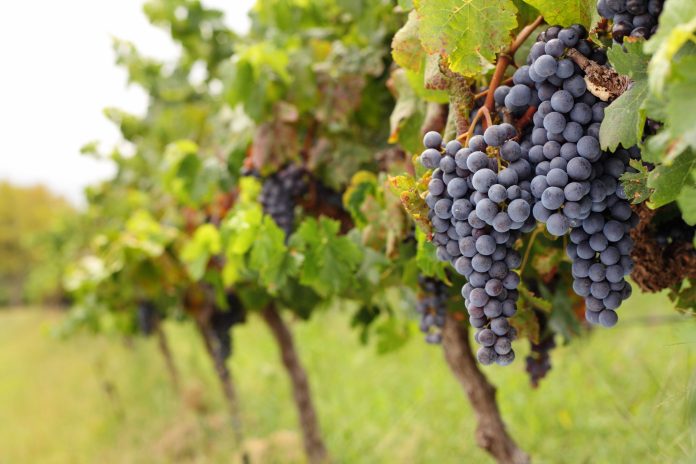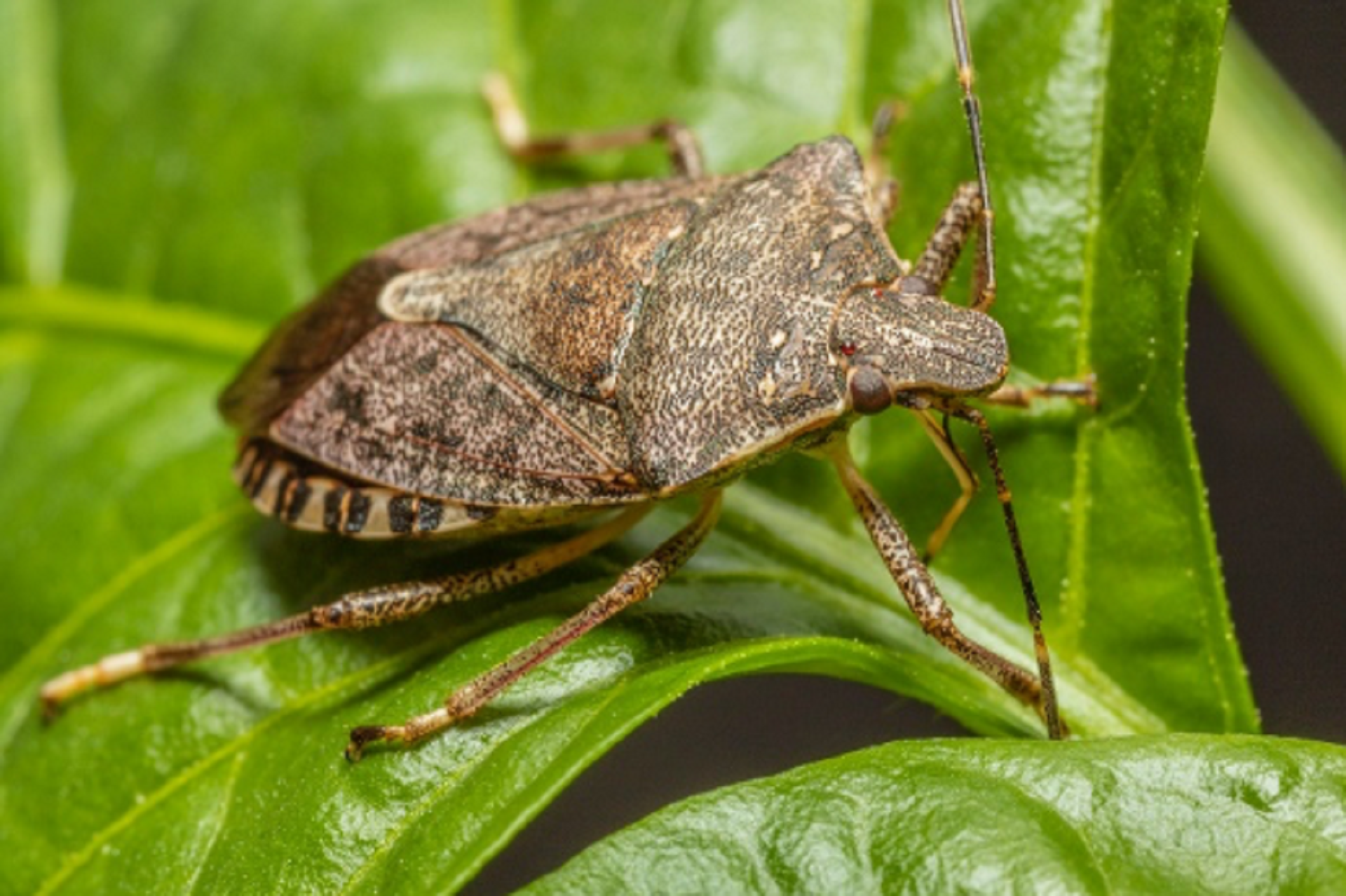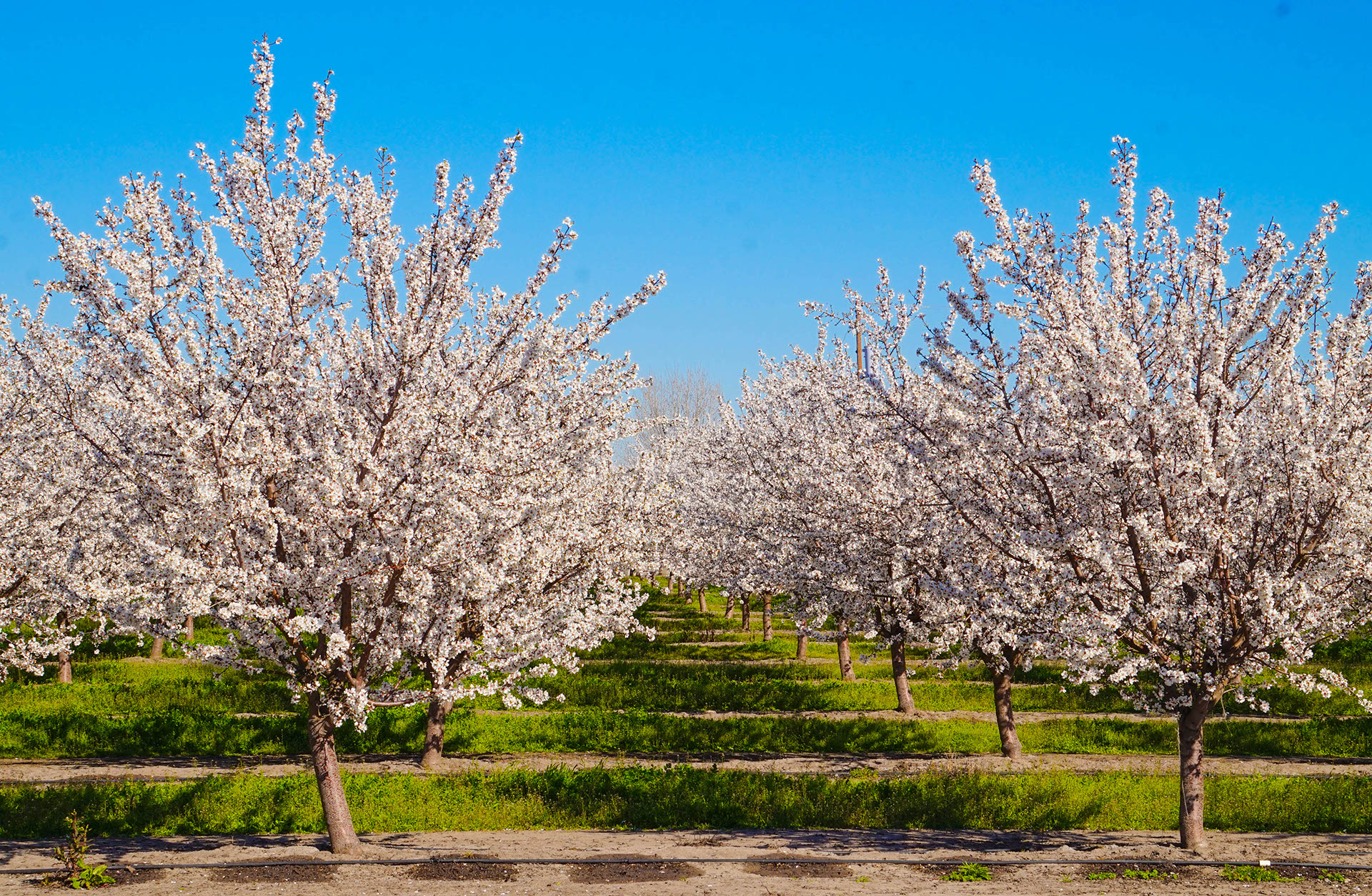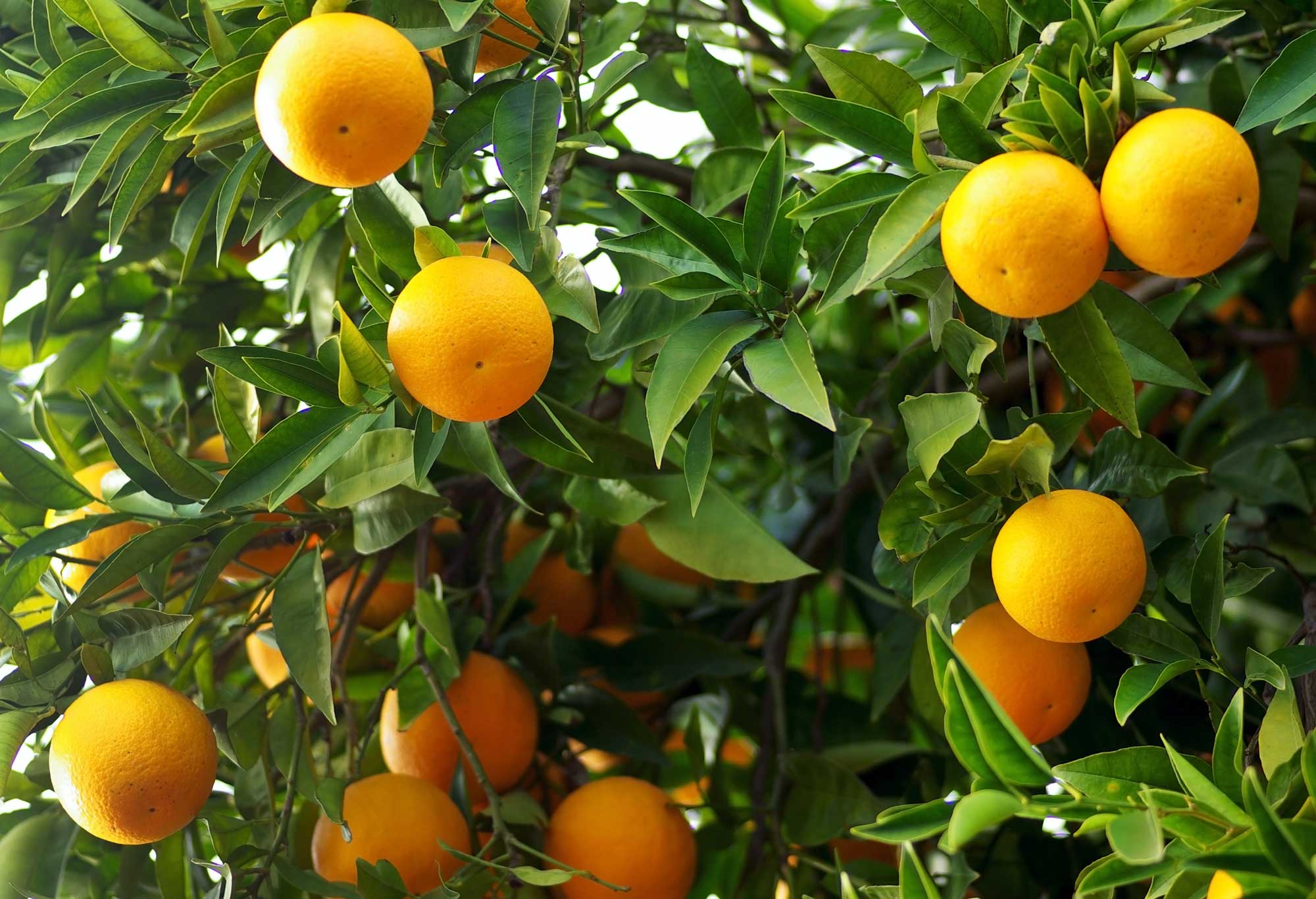(originally published January/February 2017)
California has been in a historic drought and the lack of water has been a major problem for agriculture especially for crops that depend on irrigation. Deficit irrigation may be used in some cropping systems as a potential water saving strategy (Goldhamer et al., 1999). The term “Deficit Irrigation” simply means irrigating at less than the full amount required by crop evapotranspiration needs. For fruiting trees such as peaches, because fruit yield and quality at harvest may not be sensitive to water stress at some developmental stages such as during the non-fruit bearing postharvest season, there is an interest in applying deficit irrigation strategies. Deficit irrigation has not been widely used due partially to the lack of effective and fast methods of monitoring plant water stress in near real-time and determining associated risks of applying deficit irrigation. When crops are managed under deficit irrigation, the margin of error in timing and amount of water application becomes smaller before causing yield losses. Monitoring the soil and plant water status is more critical for reducing risks of a crop failure or permanent damage to the trees. However, current established techniques of monitoring the soil and plant water status such as neutron probe readings of soil water profile and pressure chamber measurements of stem water potential are labor intensive, and lack the timeliness needed for irrigation scheduling purposes.

